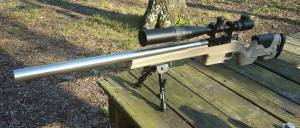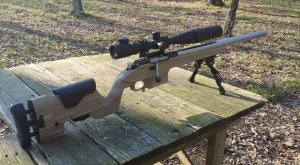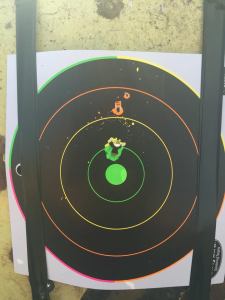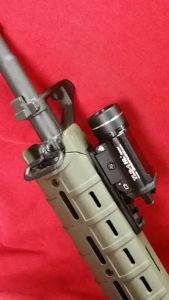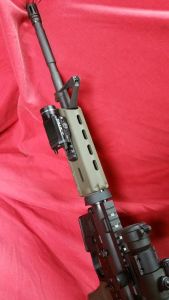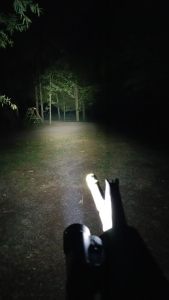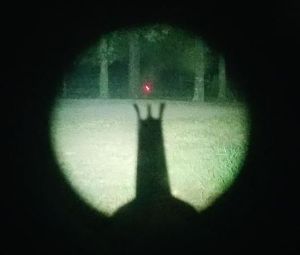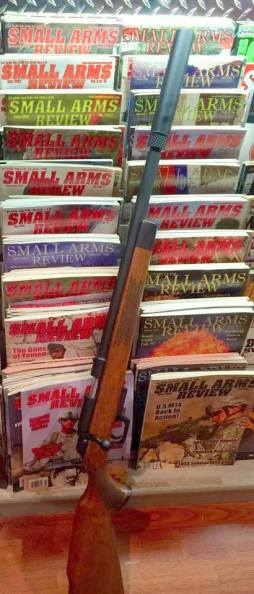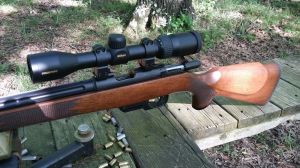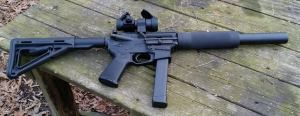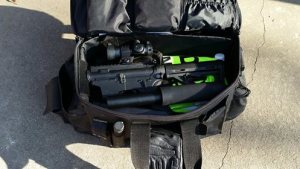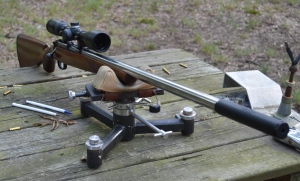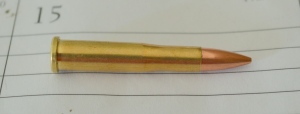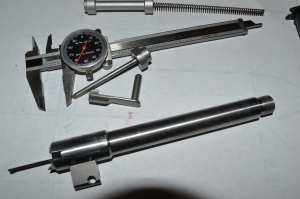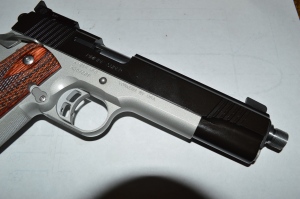There seems to be a lot of custom building on the Mosin Nagant rifles these days. There are a lot of them, they hit hard and they are fairly cheap. While I’m not really a fan of taking a pristine, all matching number Milsurp rifle and modifying it, there are plenty of arsenal rebuilds with no matching serial numbers out there to take a run of the mill specimen and turn it into a superb shooter.
Most of the guys that want to do some mods all seem to have several Mosins. They’ll keep the collectible stuff as is, and take a beat up rifle and turn it into something that it never was.
I’ve been swapping out the triggers on lots of rifles. Most guy are going with the Timney Triggers because they don’t cost a fortune, (around 80 bucks) and they take your 10 pound trigger with 1 mile of creep in it and drop it down to around 3.5 lbs. This is the first and best thing you can do to your Mosin, it literally transforms it into a different beast.
The Timney also gives you a safety that is much easier to operate. It mimics the Remington 700 safety, a simple push forward puts it in the firing mode. The stock must be relieved for this to work, but that’s about a 10 minute job with a Dremel tool.
Another popular conversion is to chunk the old stock and replace it with a synthetic Archangel stock. This has an adjustable cheek piece for the proper cheek weld when using a scope and also has an adjustable stock so that you can add to or take away length on the stock which makes for a perfect fit.
This stock is practical and robust and does a great job. Its light enough to hunt with and solid enough to use with a bi-pod for longer ranges.
They come in Black, Olive Drab and Flat Dark Earth.
Another feature is the 10 round detachable magazine. Its a great improvement over using stripper clips to load the magazine and the system works well.
Its a fact that many of the Mosins out there have barrels that are worn out. They are generally mediocre shooters that are fun to plink with bot for serious shooting they lack a lot.
Another popular mod is to swap out the barrel. The heart of all rifles is the barrel and this can be the difference between a gun that cant hit the side of a barn or one that can drive tacks at a couple of hundred yards.
Since pictures are worth lots of words here are few to give the the idea. This one used a Green Mountain Barrel blank that cost 60 bucks, I left it heavy 1.250″ diameter at the owners request and chambered it and crowned it.
It turned out to be a superb shooter. It uses a “Red Star” scope mount which required 3 drilled and tapped holes but it’s a very solid mount as compared to the multitude of “no drill” scope mounts out there.
Here are 5 shots into a single hole at 50 yards. While I dont have a picture of a 100 yard target, it pretty much looks the same. This was using standard canned Milsurp ammo. I think that with handloads and a decent scope, one might even be able to improve on that.

